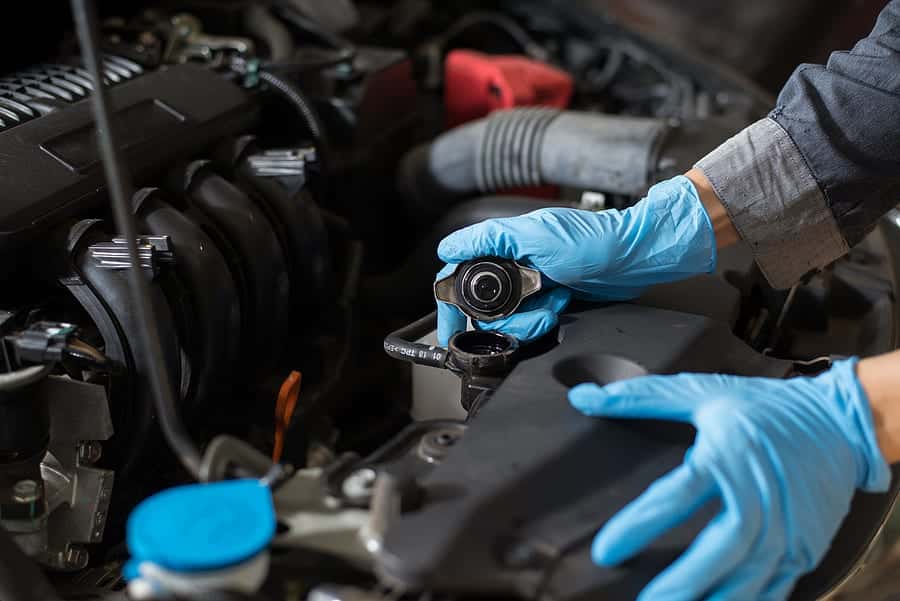
You car’s radiator cap. A small piece of the overall mechanical setup, which can cause a lot of problems if it goes wrong. At worst, you could even be left sitting by the side of the road, waiting for a recovery vehicle. Fortunately however, as with most problems, there are some early warning signs that will give you an inkling that all is not well with this part. Use a little observation and vigilance and you could swerve any issues (and the costs associated with them) before they occur.
Don’t be fooled by the simple name for this part. The radiator cap not only stops the coolant from leaking out of the system at point of entry. It additionally holds the correct pressure within the radiator, acting as a two way valve. Why is this important? Because the extra pressure increases the boiling point of the coolant, preventing it from turning into vapour, as it pulls the heat out of the engine to lower the overall temperature.
This means that if the radiator cap fails, then heat could build up in the engine. And that’s when other systems can start to fail. You won’t just feel this in your car’s performance, but also in your bank balance. So what are the signs you need to be wary of?
Leaking Coolant
A broken radiator cap can decrease the pressure in the coolant system, leading to some of the coolant becoming vapour and causing seals, gaskets, hoses and joins (the weakest points in the coolant system) to suffer stress and failure.
Over time, this can lead to leaks from the coolant system, which you’ll be able to see as brightly coloured liquid pools underneath your car. If you see such leaks, then check your cap for signs of wear and damage. However, because of pressurisation, some of these leaks will only occur when your engine is fully operational, forcing coolant out of the pipes and seals as a spray.
One way to find the source of a leak is to grab each individual pipe. This rise in pressure should force a small drip of fluid out of any faulty seals or gaskets. You’ll need to replace the pipe and seal and also check the radiator cap as this may be the underlying cause of the leaks.
Collapsed Radiator Pipe
And those pressure fluctuations caused by a faulty radiator cap can also cause hoses to warp, tear and even collapse. This is due to a vacuum effect, which is not properly released by the system, causing the pipe to collapse during the car’s cooling phase.
If you suspect this problem is impacting your cooling system, then check the pipes connected to the expansion tank. You may see actual physical signs that the pipe has collapsed (it will appear a little like a flat tyre) and the pipe will feel spongey and strange when you touch it.
Should you find this issue in your coolant system, then you’ll need to replace the pipe in question, and also inspect the radiator cap for signs of wear or even holes, as there’s a very good chance this could be the cause of the issue.
Overflowing Reservoir
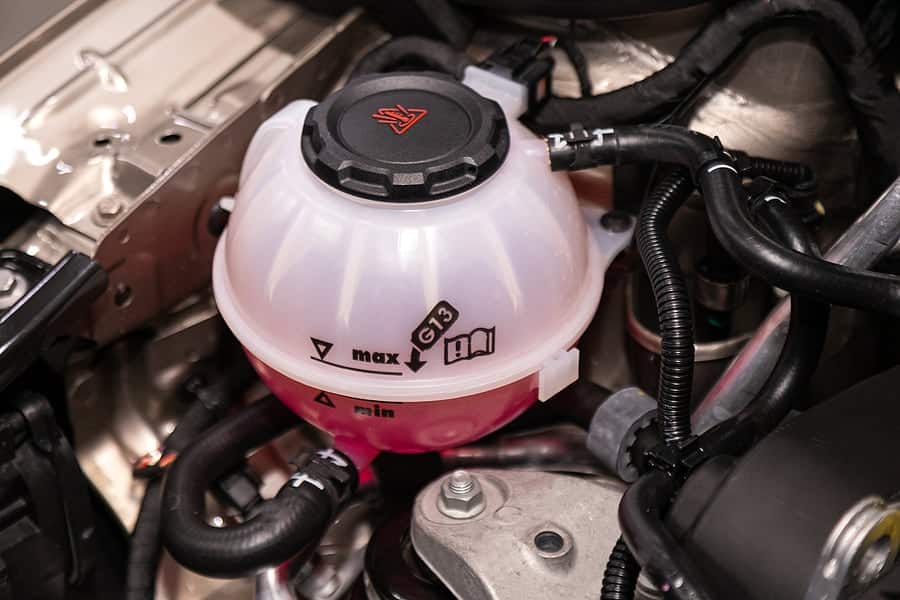
As the coolant heats up, increasing the pressure in the system, it goes into the reservoir tank under expansion. To prevent the tank from overflowing, the radiator cap should normally release a little pressure from the system.
A faulty cap will not release the pressure from the system, leading the reservoir overflowing. This may lead to steam coming out from underneath your car’s bonnet, as the fluid boils over. If you see this happening when you’re out on the road, stop the car immediately and check the cap. Steam is never a good sign, and indicates there is some serious overheating somewhere in the engine, which will require mechanical inspection, regardless of whether or not the cap is the culprit.
Burst Radiator Pipe
If your radiator cap is failing, this can even lead to problems within the system that put enormous strain on the actual structure of the pipes. This can cause the pipe to rupture, creating a small hole in the structure of the pipe, which will spray out liquid when your car is up and running. The hole may even seal up when the car is cold.
The signs of this problem are coolant drips inside the engine bay, and you may see pools of coolant under the car when you’ve arrived at your destination. Both are signs you need to check the cap as your first port of call.
Air in the Coolant System
If the cap is unable to regulate the flow of air into the coolant system, then pockets of air can permeate the heater core, thermostat and radiator hoses. The visible signs of this issue will be pipes appearing cracked on the outer sheath as they struggle to contain the pressure and the engine overheating.
Overheating Engine
All of the above radiator cap issues problems we’ve listed so far will result in one outcome; the engine overheating. Because coolant is designed (as we mentioned) to suck the residual heat out of the moving parts, if this is not functioning correctly then the internal workings will get hot, fast.
The first sign of coolant system issues will be a rise in the temperature gauge on your dashboard. You may notice that your vehicle is producing steam, smoke or evening burning. This could lead to your engine stopping, leaving you stranded or worse still, a larger engine failure.
If you notice the temperature on your gauge rising then don’t put off checking your radiator cap.
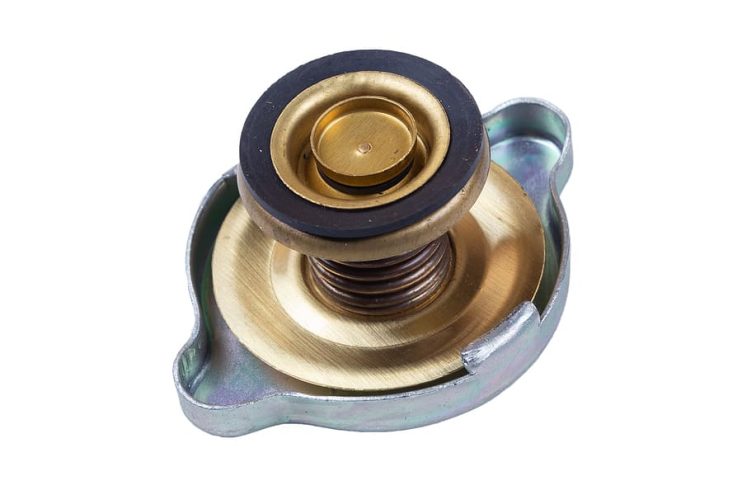
And Finally
You may have heard it before, but it’s a warning with good measure. If you want to check any part of the coolant system, make sure that it has completely cooled down. Remember we mentioned the pressure and heat? This will cause the fluid to spit out of the tank if you open it prematurely. If you get any on your skin it can be extremely painful, giving you a chemical scar that’s likely to stay with you for the rest of your life.

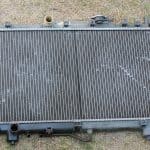

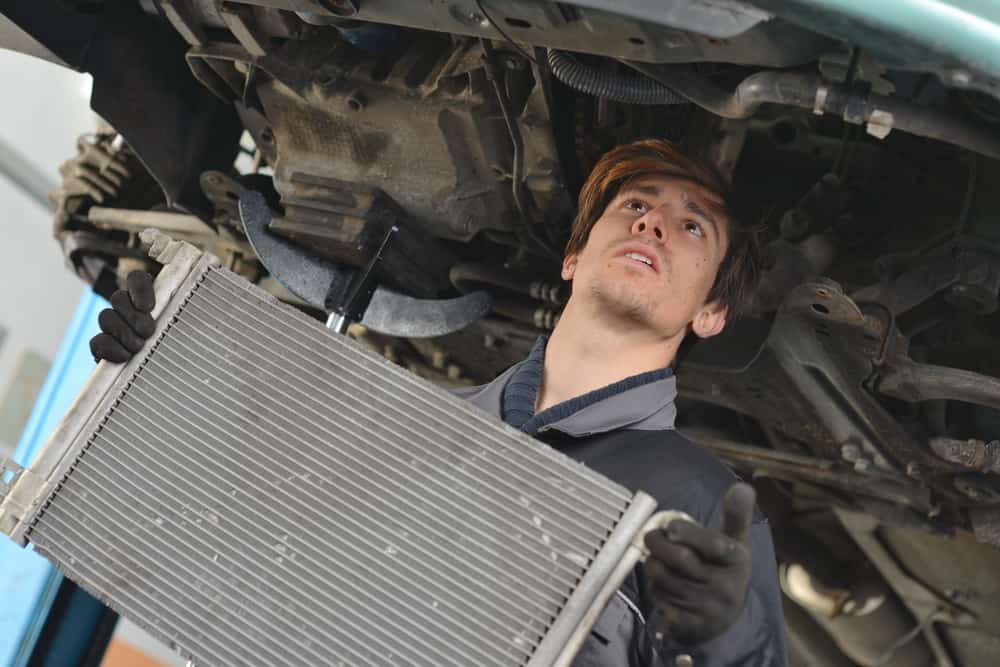
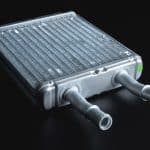
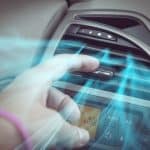
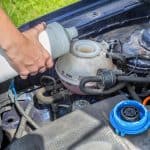
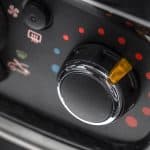
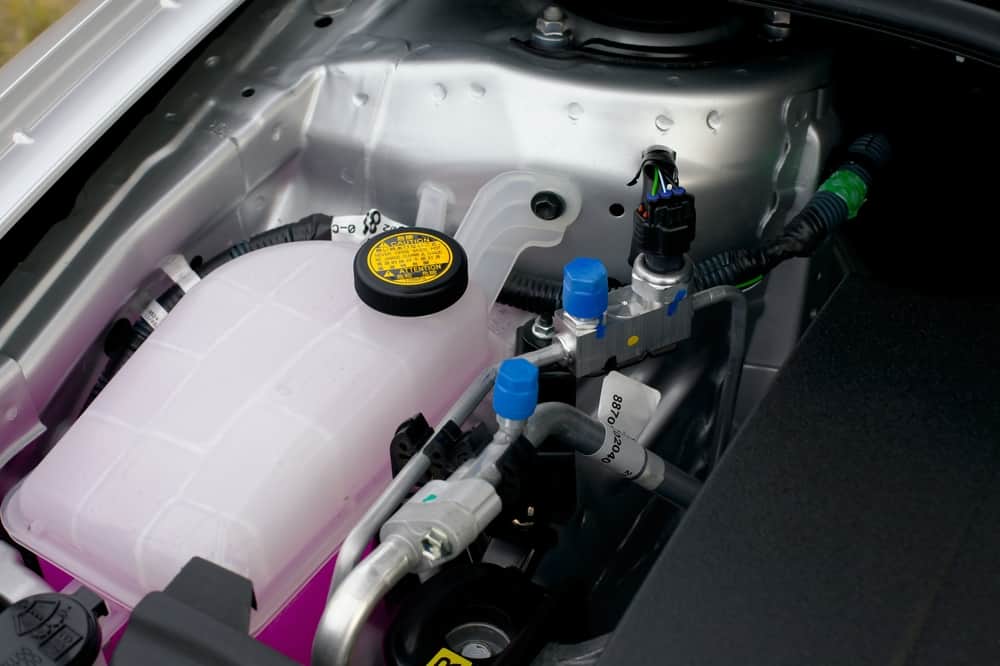
.png)